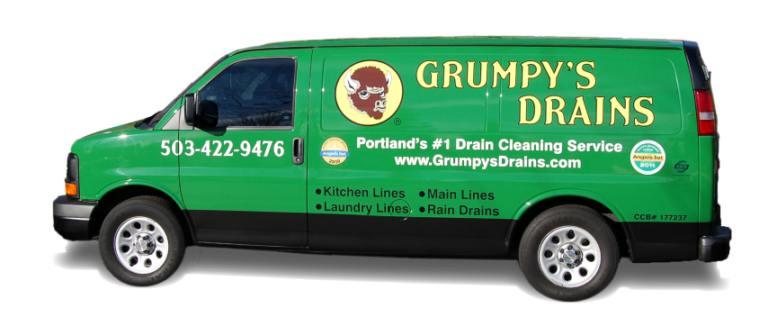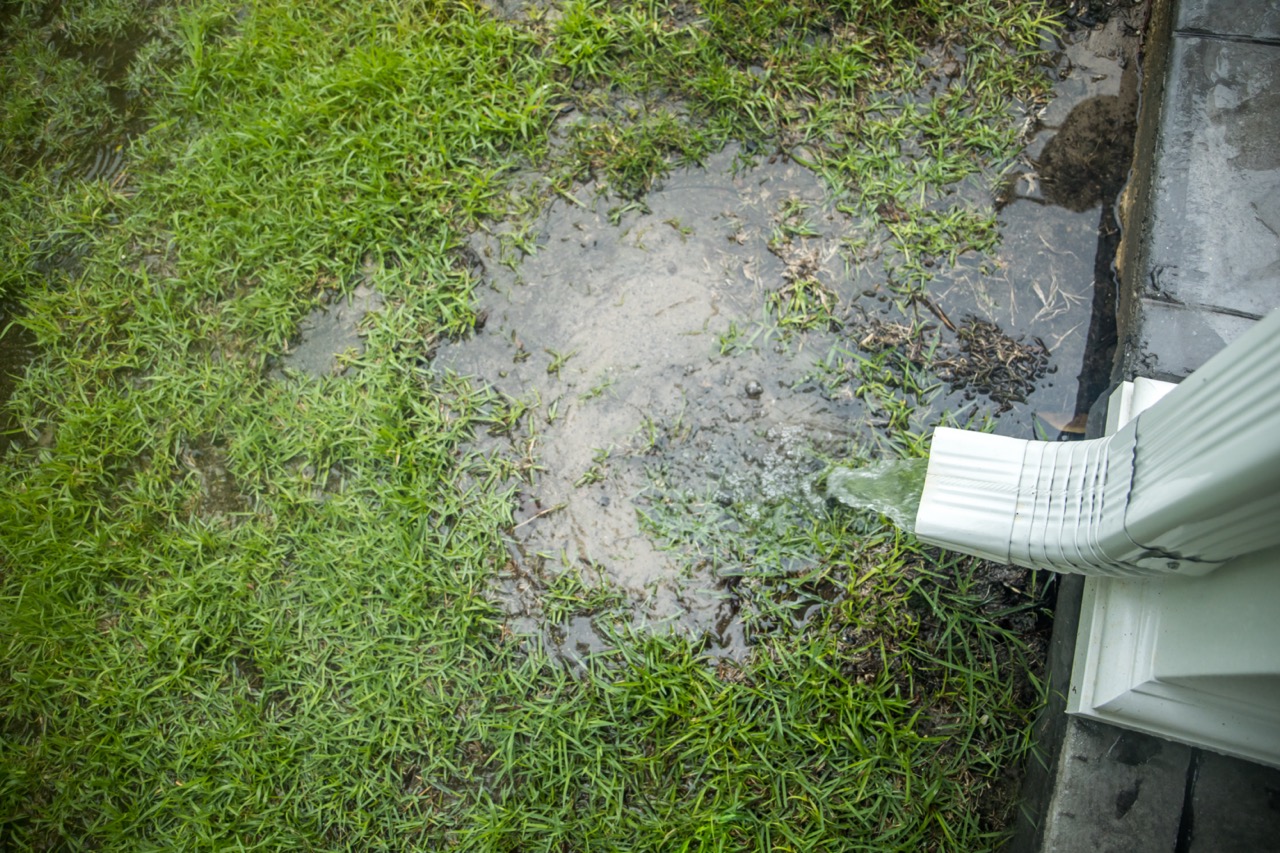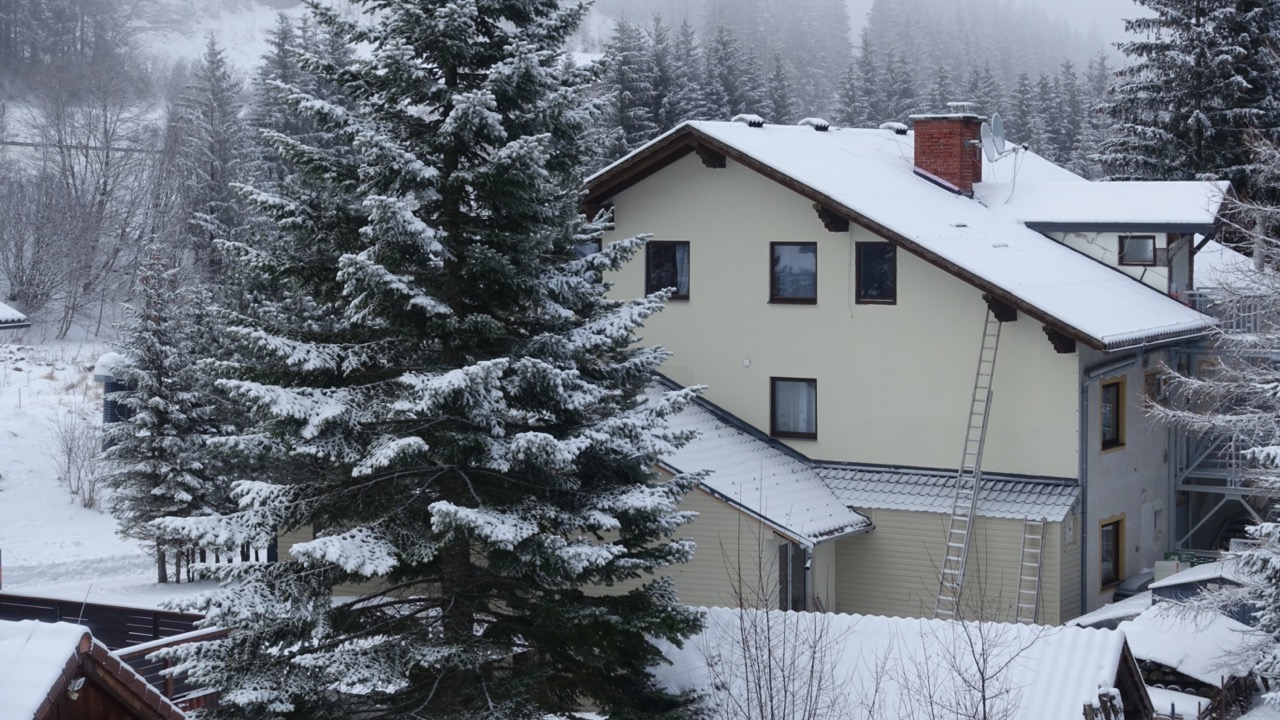Rain drains can easily become clogged with fallen leaves, mulch, stones, and other debris. In worse cases, tree roots from nearby trees can infiltrate your drainage pipes through existing cracks and grow inside them.
Once debris accumulates inside or roots grow within the piping, water flow will be impeded. This will cause your rain drains to overflow. Over time, the pressure inside the pipes may build up, potentially causing them to burst.
To prevent such scenarios, cleaning rain drains before the rainy season would be best. But if your drains are already clogged and overflowing, here are some repair options to consider.
Methods for Repairing Clogged Outdoor Rain Drains
Unclogging your underground rain drain pipes can be done in four different ways. These include hydrojetting, using a blow bag, cable rodding, and employing a Picote milling machine. While you can do these repairs yourself if you have the necessary equipment, leaving the job to professional drain cleaners is much safer.
1. Manual Removal of Clogs
To prevent your drains from overflowing, the simplest clogged gutter drain repair you can do is remove the blockages manually. This approach is suitable if you suspect that the clogging is only at the entrance points of your rain drains. We recommend you do it this way:
- Protect your arms by wearing layered bin bags and extending them up to your shoulders.
- Consider wearing a face covering to shield yourself from splashes and unpleasant odors.
- Reach into the outside drain to remove any visible blockages.
However, if the clogging extends into the inner piping of your drain system, this method may not be effective. In such cases, you might need to use advanced tools like pipe snakes and pressure jets to force the clogs out.
2. Hydrojetting
Flushing out clogs from your rain drain system with water is also an excellent approach. This is known as hydrojetting, where a high-pressure hose is inserted into the drain pipes to blast water with force, dislodging and removing any buildup inside.
Before proceeding with hydrojetting, it’s important to inspect the drain piping system using small cameras to identify any signs of damage, such as cracks or crumbling. If such issues are present, hydrojetting can potentially worsen the situation.
Therefore, it’s best to let professionals do this kind of repair for clogged outdoor drains. They can adjust the pressure to levels suitable for the current state of your pipes.
If you want to try hydrojetting on your own, you can use a hose or pressure jet as makeshift equipment. Then, follow these steps:
- Start by clearing any visible blockages, such as leaves and debris, while wearing appropriate protective gear.
- Let the hose or pressure jet into your drain pipes. Then, tightly seal the drain cover opening.
- Run the hose or pressure jet for 10–20 seconds at its high-power setting.
3. Use a Blow Bag
You can use a blow bag (or drain bladder) to unclog your pipes. It looks like a deflated balloon made from rubber and inflates when filled with water. You can purchase one from a local hardware store if you want to try it out. Here’s how you can use a blow bag:
- Attach one end of a standard hose to a water source.
- Connect the blow bag to the hose and insert it into the drain, positioning it at least six inches from the clean-out fitting.
- Turn on the water, allowing the blow bag to fill to its maximum capacity.
- Once fully filled, the valve will open, releasing high-pressure water to clear the clog.
- Check whether your drain has been cleared of clogs.
- Turn off the flowing water and let your blow bag deflate.
- Pull it out of your drain pipes.
Excessive pressure from the blow bag can harm pipes, especially in older rain drain systems. Proceed with caution.
4. Cable Rodding and Picote Millers
Another effective method to unclog your pipes is to push a metal cable through them. This is known as cable rodding, and it helps dislodge the blockage inside the piping to restore good water flow.
Picote millers share a similar working principle with cable rodding. The only difference is that they use specialized heads attached to the metal cable. This unique design not only breaks up clogs but also removes debris from the walls of the pipes. Picote millers are particularly useful for addressing issues like ingrown tree roots and sediment buildup.
Get Your Rain Drains Working Properly
Getting your rain drain system back to its sound condition is best accomplished with the assistance of a professional cleaner. If you need rain drain overflowing repairs in Portland, our team of experts at Grumpy’s Drains is just one call away!
Contact us at (503) 422-9476 today. Let’s talk about your repair needs or when we should be jetting the rain drains before the rainy season.







